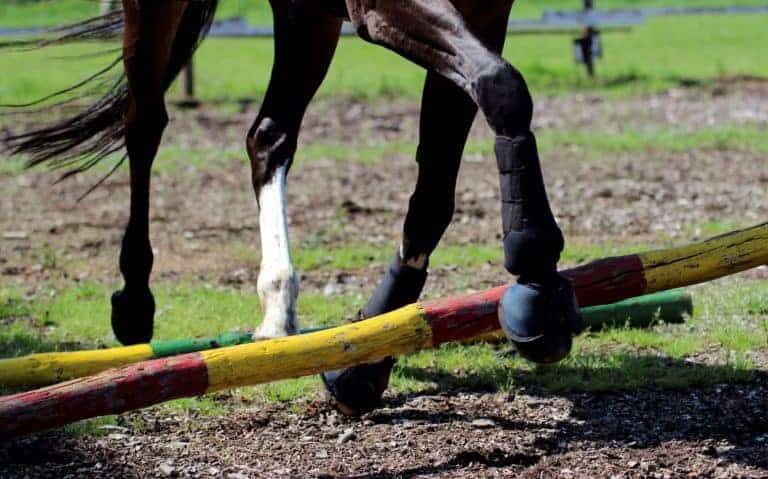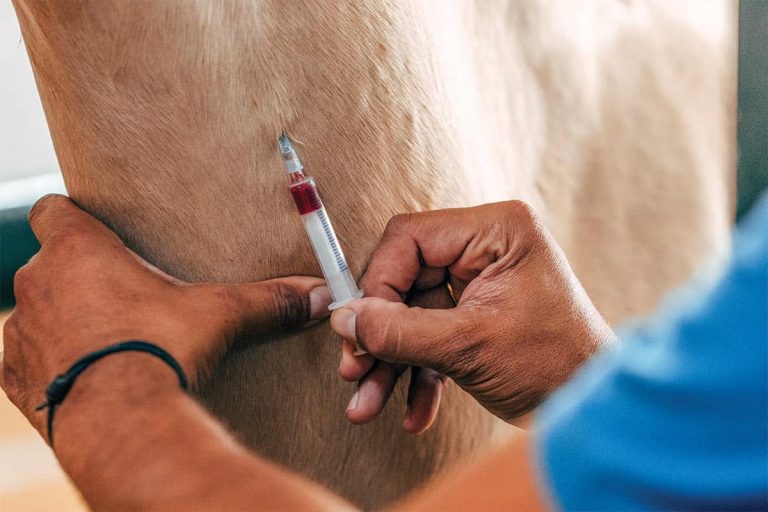Flu: Queensland Government to Pay for Vaccination and Microchipping
The Queensland Department of Primary Industries and Fisheries has announced it will foot the bill for approved performance and pleasure horses to be microchipped and vaccinated. The government will also pay veterinarians $35 per horse to get the















